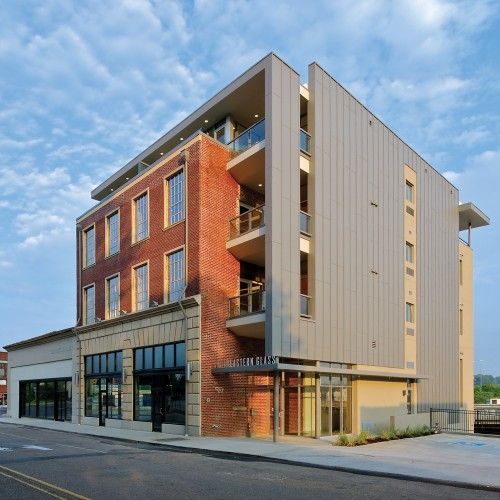Designing, owning, or managing a mixed-use facility – especially considering the slowing economy and an ever-growing concern about the environment – means there’s an opportunity for multiple challenges, but also opens the door to multiple opportunities.
“The biggest concerns anybody has about a mixed-use building in this economy are getting and keeping the space leased,” says John Breshears, principal at ZGF Architects LLP in Portland, OR. “Depending on how developers gauged their projects over the past few years, they may end up with a surplus of spaces that aren’t renting very quickly.”
“A mixed-use center is, in my opinion, a lot more appealing to the marketplace,” says Sean Davis, principal at Morris & Ritchie Associates. “It’s got that 24/7 feel, where you can walk from your residence and get on the street, and you can go shopping and go to the bar or the restaurant, and you don’t have to get in your car. It’s got a lot more curb appeal.”
Diversification of uses in mixed-use facilities aids greatly in efficiency. To begin, the land is used more efficiently. “If we were to separate the uses, the traditional, ‘horizontal’ mixed-use communities (where they’re not integrated in one component), are much more land consumptive,” says Davis. “You’re able to get a higher density from a residential and commercial retail standpoint by vertically stacking the uses.”
Davis also adds that vertically mixed-use facilities can be beneficial because they reduce long-term maintenance costs of individual buildings. “If I’m able to stack apartments over retail or an office, then I’m going to be able to share in some of the maintenance of that building between the two uses,” says Davis.
Mixed-use facilities, particularly those that serve as town centers or are in the heart of urban areas, not only conserve valuable land resources, but also brighten communities and present opportunities for building efficiency, energy efficiency, and sustainability.
“This kind of diversification has an urban component, which keeps the space vital and occupied 24 hours a day,” says Breshears. “People are coming and going at different times to do different things. That’s a good thing from a variety of points of view. You can keep the space, and your property, working and occupied; as you add urban vitality, you can also leverage and make it work harder. It might level out your utility demand, for example, or flatten out demand curves.”
Many developers and owners are seeing this facet of mixed-use buildings as an opportunity. “Energy use, sustainability, LEED certification, and those kinds of things have to be done carefully so you’re using resources properly,” says John Fullerton of Fullerton Diaz Architects in Coral Gables, FL. “I think everybody’s on board with that now. Even owners and developers are realizing that that has real value to them in the long run. All of our owners and developers are looking at how to be more responsible in terms of material and energy use.”

